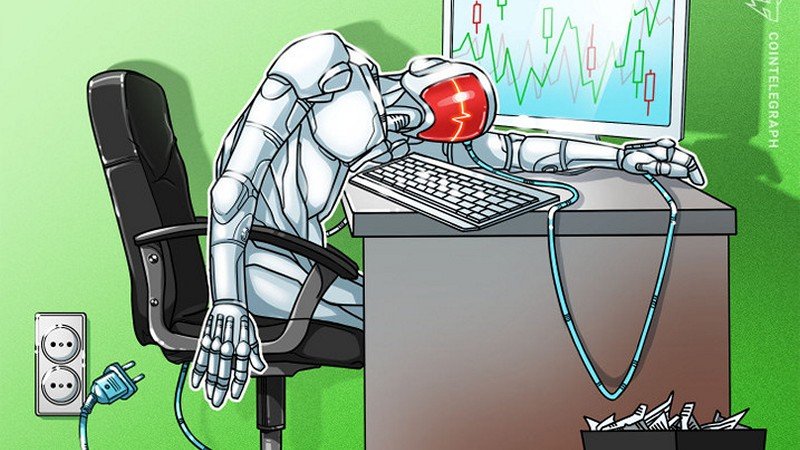

OpenAI, a prominent artificial intelligence powerhouse, has quietly taken down its AI-detection software, citing a disappointing level of accuracy. The tool, which was launched on January 31, aimed to assist users, particularly educators, in distinguishing between human-written text and AI-generated content. However, the company has acknowledged its shortcomings, leading to its decision to shut down the AI classifier as of July 20, 2023. OpenAI has expressed its commitment to exploring more effective methods for identifying AI-generated content and ensuring user understanding regarding audio and visual content of AI origin. As the dust settles on this discontinued tool, questions arise about OpenAI’s future approach to AI provenance and the reliability of its other products. What were the primary reasons behind OpenAI’s decision to discontinue the AI-detection software, with the AI classifier’s shutdown, what steps is OpenAI taking to improve AI provenance techniques for identifying AI-generated content in the future, and in light of recent criticisms and issues with OpenAI’s products like ChatGPT, how might this setback impact the company’s reputation and its plans for future AI endeavours?
Top Stories This Week
Hardware Business News
Gov’t Launches Service To Produce Student-Made Semiconductors

The South Korean government has unveiled an ambitious initiative called the “My Chip” program, which aims to provide undergraduate and graduate students with hands-on experience in designing and verifying semiconductors. The project, funded by the Ministry of Science and ICT, intends to enhance young experts’ knowledge in chip technology while advancing the country’s semiconductor industry. Students from eligible semiconductor majors will have the opportunity to create and test their semiconductor designs, fostering a deeper understanding of high-tech design and manufacturing for digital devices. How does the “My Chip” program contribute to the development of South Korea’s semiconductor industry, which renowned research institutions and semiconductor labs are involved in the program, and what role will they play in guiding and supporting the students’ chip design projects?
Apple Is Already Using Its Chatbot For Internal Work

Recently, Apple has been utilizing an internal chatbot to explore potential applications of generative AI within its organization. Bloomberg’s Mark Gurman sheds light on how the tech giant is leveraging this chatbot to help its employees prototype future features, summarize text, and answer queries based on trained data. While Apple hasn’t yet decided on its customer-facing use of the Apple GPT chatbot project, one possibility being considered is deploying the tool to assist AppleCare support staff in resolving customer issues effectively. However, the company’s cautious approach is evident, considering the well-known tendency of chatbots to make errors. How is Apple currently using its internal chatbot to explore generative AI, why is Apple taking a cautious approach to AI implementation, and with other tech giants like Meta and Samsung making strides in the AI space, how might Apple’s approach to incorporating generative AI into its products differ?
Noise Unveils Smart Wearable Luna Ring
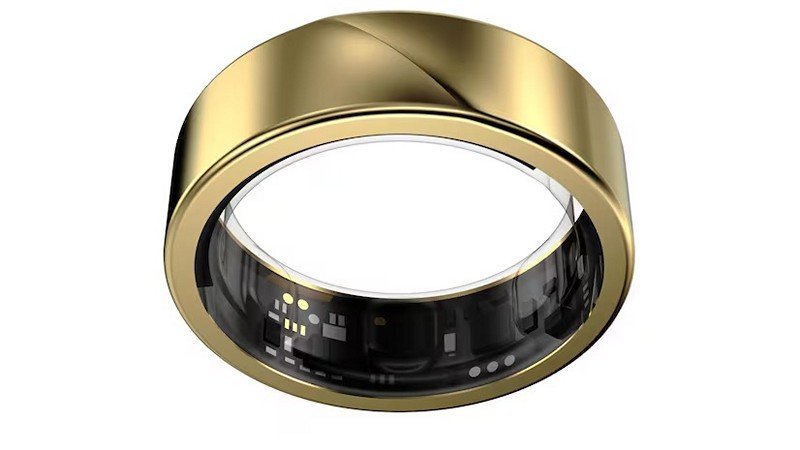
India-based smart wearable manufacturer Noise has introduced its latest innovation, the Luna Ring, as the company takes a bold step towards enhancing lifestyles with technology. The Luna Ring is a smart ring equipped with built-in sensors that monitor health and fitness-related data on the go, empowering users to take charge of their well-being and performance. With an exclusive Priority Access pass for pre-booking, customers can get their hands on this futuristic device and avail of attractive discounts. How does the Luna Ring stand out in the smart wearable market, with the offer of an exclusive Priority Access pass for pre-booking, what benefits and discounts are customers entitled to when purchasing the Luna Ring, and as the Luna Ring becomes a companion for health-conscious users, what are the compatibility details with smartphones, and how long can users expect the battery to last on a single charge?
MEMS Mirrors: The Next Big Wave In MEMS Technology
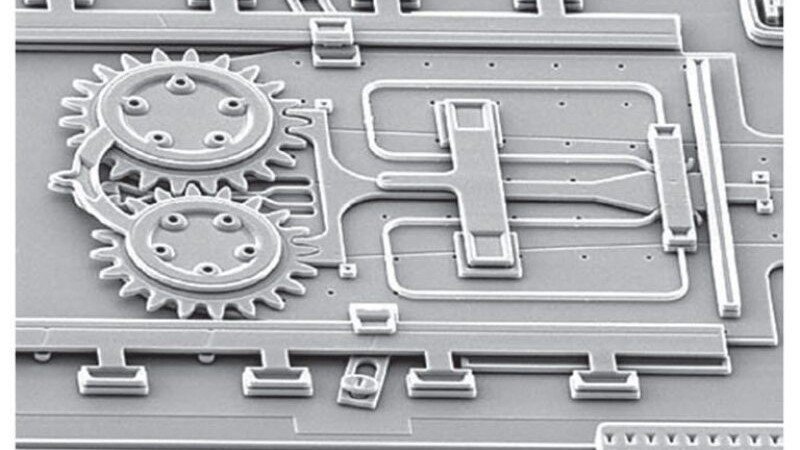
Microelectromechanical systems (MEMS) mirrors, with their ability to deflect and manipulate focused light beams, have emerged as a key technology in scanning applications. Over the last decade, three competing design methods for MEMS mirrors have matured, each offering distinct advantages and applications. Now, as new possibilities emerge, the demand for MEMS mirrors is set to soar across various industries. How do MEMS mirrors function in scanning applications, what are the key considerations for customers when choosing a MEMS mirror for specific applications, and what new applications are driving the demand for MEMS mirrors?
Hardware Engineering News
A Methodology For Turning An SoC Into Chiplets

Siemens has developed an innovative workflow methodology that leverages hierarchical device planning for the efficient disaggregation of Systems-on-Chip (SoCs) into smaller chiplets. With advancements in IC packaging manufacturing and the rising costs of designing monolithic ICs on advanced process nodes, the trend of disaggregating large SoCs into chiplets is gaining momentum. However, this complexity requires iterative multi-physics analysis during the floor planning stage, making traditional package design solutions time-consuming and potentially delaying production. Siemens’ hierarchical design capture approach allows complex designs to be divided into manageable building blocks based on attributes like function and position, streamlining the design process and facilitating SoC rearchitecting into chiplets. How does Siemens’ hierarchical device planning methodology aid in the disaggregation of large SoCs into chiplets, in which specific applications, such as automotive systems, XR/AR/VR, and smart cities, is the use of chiplets gaining traction, and as Siemens pioneers this innovative workflow, what challenges might arise in integrating chiplets into the larger system?
AMD Zenbleed Chip Bug Leaks Secrets Fast And Easy
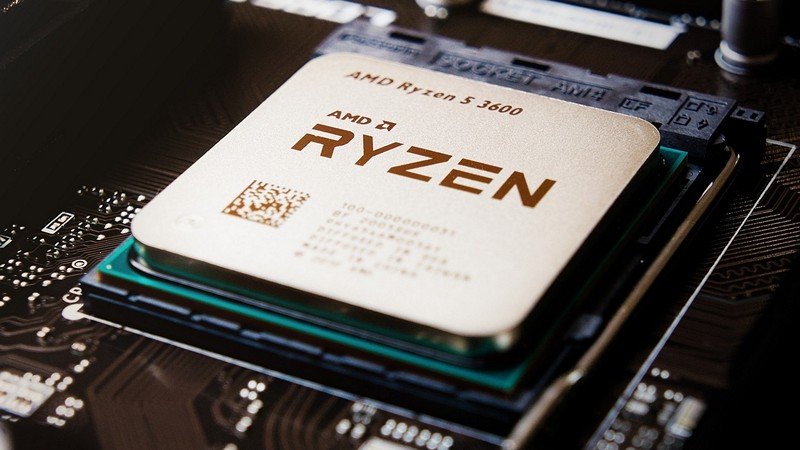
AMD has recently been grappling with a significant silicon-level bug known as Zenbleed, impacting its Ryzen and Epyc Zen 2 chips. The flaw, which can be likened to Meltdown in terms of exploitability, allows rogue users and malware to exploit speculative execution and potentially steal sensitive data, including passwords and cryptographic keys, from affected systems. Discovered by Google infosec expert Tavis Ormandy, Zenbleed raises concerns for users, especially those on shared servers, who may be vulnerable to data theft by others sharing the same hardware. How does Zenbleed exploit speculative execution to steal sensitive data, as Zenbleed affects a wide range of AMD Zen 2 processors, including those used in datacenters and mobile devices, how significant is the potential impact on cybersecurity and data protection for both individual users and enterprises, and with AMD planning microcode upgrades to address Zenbleed, what challenges might arise in deploying these updates?
Nasa Briefly Loses Contact With ISS After Power Outage For First Time

A power outage at NASA’s building in Houston led to a temporary disruption in communication between mission control and the International Space Station (ISS) on Tuesday. This incident forced NASA to rely on backup control systems for the first time in its history. The power outage occurred during upgrade work at the Johnson Space Center, resulting in the loss of command, telemetry, and voice communications with the orbiting space station. However, the astronauts and the ISS were never in danger, and backup systems were quickly activated to restore normal communications. How did NASA’s backup control systems work to restore normal communications with the International Space Station during the power outage, what are the potential implications of this power outage and the reliance on backup systems for NASA’s mission operations and its future projects, such as the planned missions to the Moon and Mars, and with Russia planning to withdraw from the ISS after 2024 and develop its own space station, how might this shift impact the future collaboration between US and Russian space agencies?
Hardware R&D News
Data From Wearable Devices Shows Power Of Vaccines Against SARS-Cov-2

Data collected from wearable devices and health apps has the potential to play a significant role in public health research, particularly in understanding the impact of vaccination on personal health and well-being. A study published in PNAS Nexus utilized data from smartwatches and fitness trackers collected through the Corona Data Donation Project to investigate the effects of vaccination on individuals’ health during the COVID-19 pandemic. The research focused on how wearable data could reveal changes in heart rate, physical activity, and sleep patterns related to COVID-19 infections and vaccination. How did the study use data from wearable devices and health apps to analyze the effects of COVID-19 infections and vaccinations on individuals’ health and well-being, what specific metrics were examined, and what are the implications of the study’s findings for public health research and the use of wearable technology in monitoring and predicting health outcomes during pandemics or other public health crises?
Researchers Are Developing Injectable Smart Tattoos That Could Someday Monitor Your Health
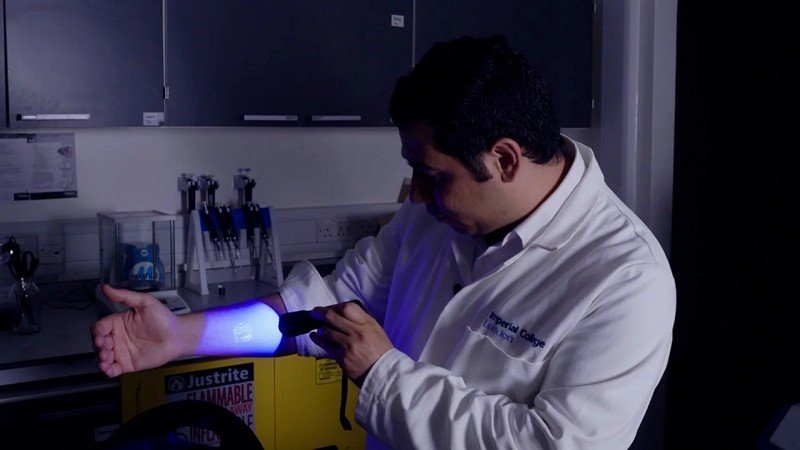
Tattoos, an ancient form of art, may soon serve a new purpose beyond mere aesthetics. Researchers are exploring the concept of “smart tattoos” that can monitor biomarkers in the human body, offering potential health benefits and diagnostic capabilities. These smart tattoos, created with functional materials rather than traditional ink, could change colour in response to external stimuli, providing insights into health conditions such as blood sugar levels, kidney or liver functions, and dehydration. While one approach focuses on monitoring internal factors like glucose levels, another seeks to track external factors such as UV exposure to aid in detecting skin cancer. How do “smart tattoos” differ from traditional tattoos in terms of their function and application, what are the main areas of research and application for smart tattoos, and how might they revolutionize health care, particularly in disease prevention, diagnosis, and therapy?
Open-Source Hardware News
RISC-V Is Now An Official Debian Architecture
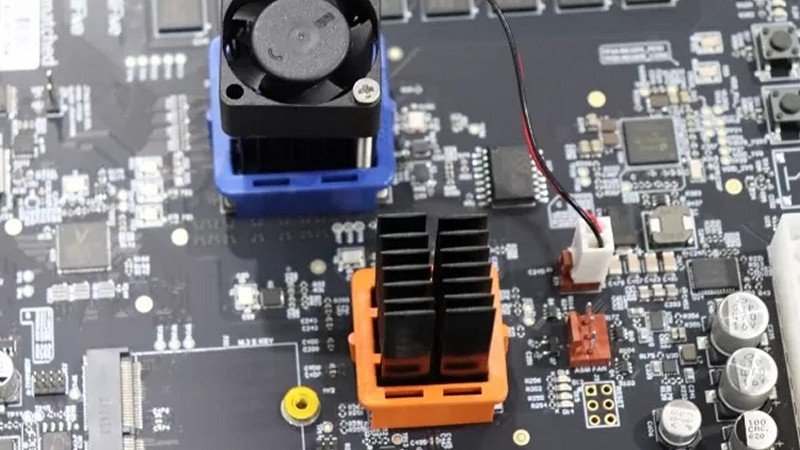
The Debian operating system, known for its wide support of various hardware architectures, is making a significant move towards embracing RISC-V, the open-source instruction set architecture. While RISC-V has been available as a Debian port for some time, it has now been elevated to an official Debian CPU architecture. The transition to official status is expected to bolster RISC-V’s position in the Debian ecosystem, offering greater accessibility and integration with the Debian package archive. However, as of now, the official archive for RISC-V is still in its early stages, and developers are working to build a minimal set of source packages for smooth integration. What does it mean for RISC-V to become an official Debian CPU architecture, what is the current status of the official archive for RISC-V in Debian, and what steps are being taken to build it out further?
